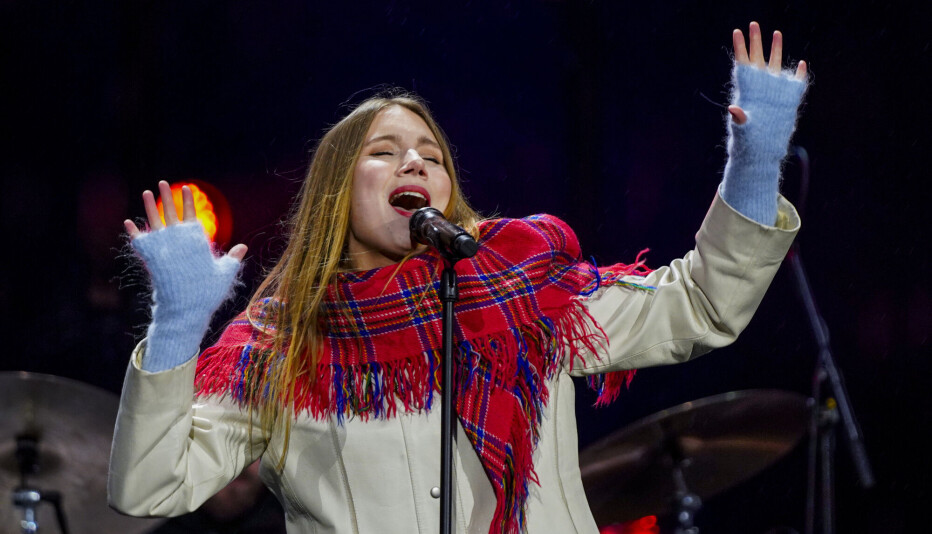Why is women's hair so important in so many religions?
ASK A RESEARCHER: The more conservative, the more rules for women's hair.
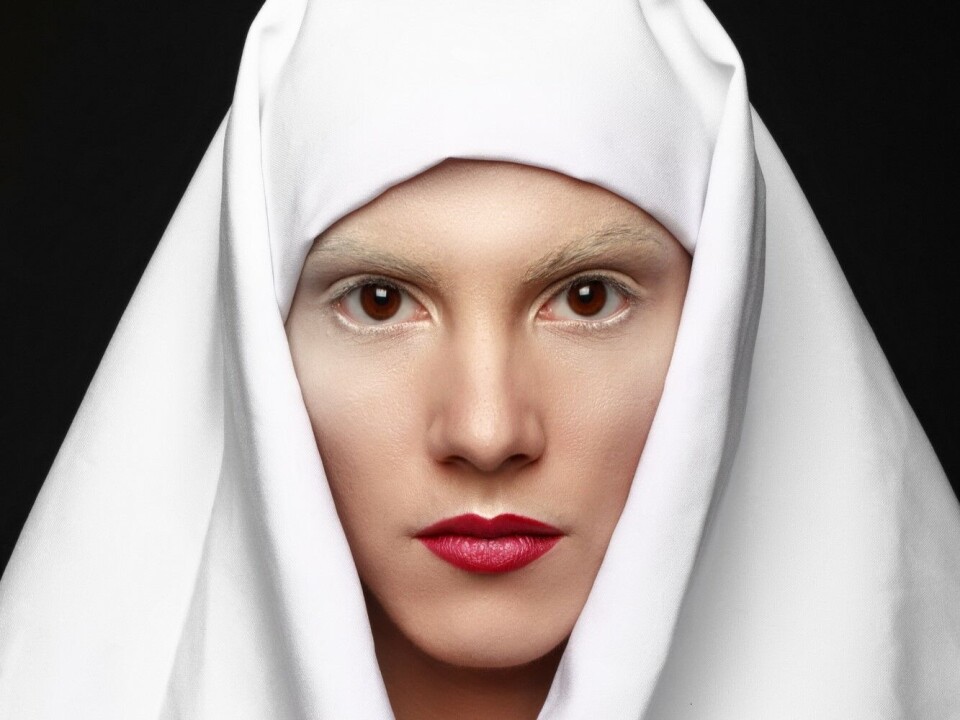
In many religions and cultures, women's hair has gained great symbolic significance. Hair is associated with dignity, modesty, or holiness, according to Torstein Try, an associate professor at Ansgar University College.
In Christianity, one of the most referenced texts on women’s hair comes from a letter written by Paul nearly 2,000 years ago to a congregation in the Greek city of Corinth.

In that letter, Paul writes that it is shameful for women not to wear head coverings when praying. Women should also not cut their hair, as long hair is a woman's veil.
This message has been interpreted in various ways.
Modest, normal, and unadorned
"In the culture of that time, covering one's hair was seen as a sign of honour. The role of hair is closely tied to ideas of a modest outward appearance and respect for God," explains Torstein Try.
Allison Murray researches gender and religion at the University of Oslo's Faculty of Theology.
She explains that rules and practices concerning hair come both from religious texts and from the cultures that the religions grew out of.
Paul lived in the Roman Empire when women had long hair and men had short hair.
Murray speculates that he may have meant that Christians should follow the same custom, that they should not break with societal norms.
In another letter, Paul writes that women should not braid their hair or wear jewellery or expensive clothes.
“Paul's instructions are that no, we as Christians want to be modest,” says Murray.
Wearing a headscarf in church
Paul’s Bible verses have also been interpreted as specific rules for hair and clothing.
“They have contributed to various traditions requiring women to cover their hair in religious contexts, especially in more conservative Christian communities,” says Try.
Women in Norway covered their hair until the beginning of the 20th century. Young girls could show their hair, but once they married, they put on a headscarf, according to the Great Norwegian Encyclopedia (link in Norwegian).
Many Christian women continued to wear headscarves in church, but today, this is rare.
“It's common to see women covering their heads during church services in some immigrant groups, such as Ethiopian and Eritrean Orthodox Christians. This can also be seen in Catholic congregations,” says Try.

Clear genders
Murray researches contemporary conservative Christian denominations in the United States and Canada. These include Pentecostals, Methodists, Baptists, Catholics, and independent congregations, making up about 25 per cent of the population.
“Antifeminist groups are committed to a feminine presentation, with long hair, some makeup, and dressing in a feminine way to distance themselves from feminism,” says Murray.
“They think that all feminists have short blue hair and don't wear bras, and that they've rejected their femininity," she explains.
On his first day in office, Donald Trump signed an executive order stating that only two genders would be legally recognised.
"That would be a signal to all these evangelicals," says Murray.
These denominations do not have strict rules about hairstyles or hair length.
“But they will say a wife should keep her hair how her husband likes it. In a lot of these communities, the men will say they prefer women with long hair. That's what's most feminine,” she says.

When practice becomes theology
The rules about hair often arise for reasons beyond biblical verses.
Allison Murray is from Canada, where Mennonites – a conservative Protestant group – are common.
She explains that in the 1800s, Mennonite women dressed like most other women of the time: They all wore head coverings.
But as society and fashion changed, women began to show their hair. This is when hair and clothing took on theological significance for Mennonites.
“They didn’t want to follow the world's culture pattern. And for them, it was also tied to their status as a pacifist church. So that meant that if you were a member of a Mennonite congregation, you could register as a conscientious objector and you wouldn't have to go to war. And they thought that if the community wasn't visually distinct by the women's coverings, then maybe the men would lose their conscientious objector status," she says.
Over time, a fierce debate arose about whether hair practices were cultural traditions or biblical commandments.
"And so then there was a lot of theology produced about how to make sense of these different ways to cover your head or wear your hair," says Murray.
“If you had asked a Mennonite woman in the 1800s why she wore a bonnet, she would have said because that's what we all do. And then if you asked a woman in the 1920s why she wears a bonnet, she would say, well, this Bible verse says that this is a sign of my submission to the Lord," she explains.
This debate eventually split the church in 1924.

First, one woman without a headscarf...
Other Christian denominations have undergone similar changes without major conflicts.
"Someone decided maybe this rule was more culture than it was gospel, and so we can be flexible with this rule. It could just be that someone shows up to church without the cap on and no one yells at her. And then the next week, three women do the same,” says Murray.
Christian denominations interpret Bible verses about hair differently. Some believe women’s hair should be covered, others that it should never be cut, while some believe it only needs to be longer than men's hair.
The same diversity exists in Islam. Different Muslim groups and countries vary in their expectations of whether and how much women should cover their hair.
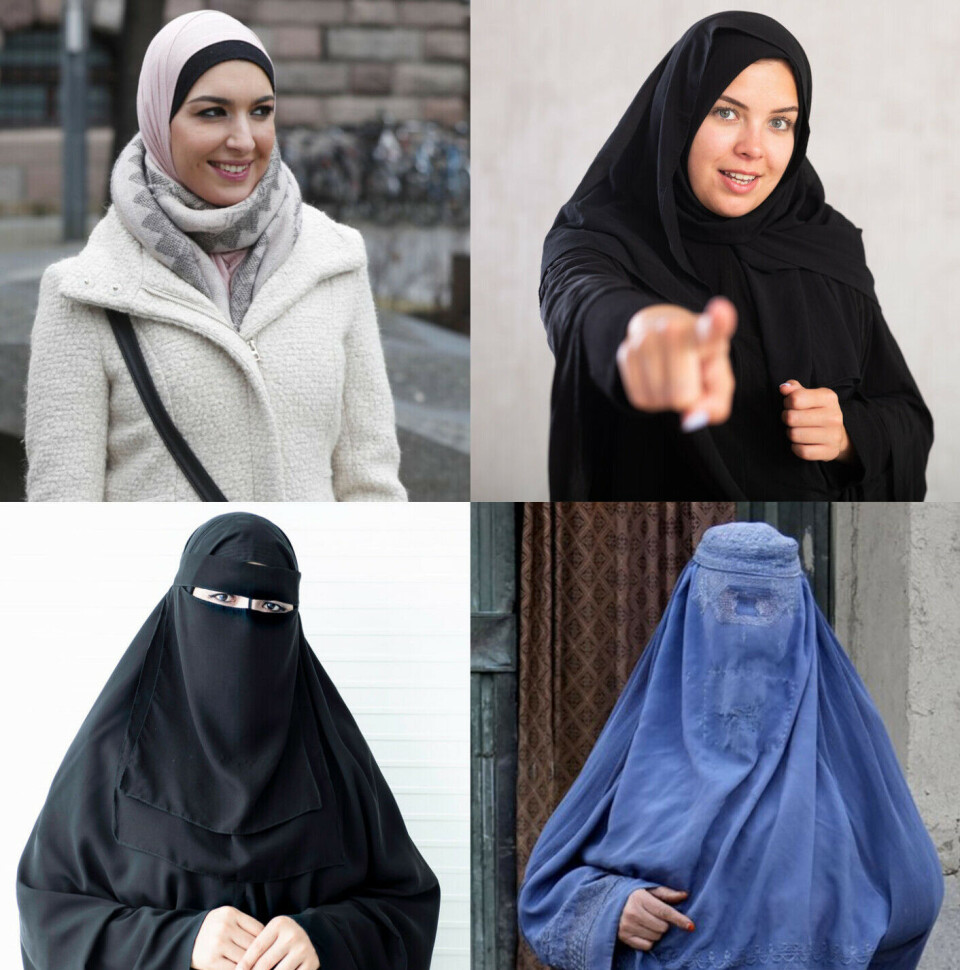
Hair and honour
“According to Islamic tradition, a woman's hair is considered part of her honour and should be protected. This is why many Muslim women choose to wear the hijab or other head coverings,” explains Torstein Try.
In An-Nur 24:31 of the Quran, it states that women should cover their chests in public. Only their closest relatives should see their full beauty. However, the Quran does not explicitly command women to cover their hair.
"In many cases, this is more of a cultural expression combined with religious aspects, much like in Christianity. The hair itself is less significant than the values of modesty and respect in society," says Try.
Hijab symbolises safety and resistance
Not only does the way of covering hair vary from country to country, but it has also taken on different meanings.

"If you're in Iran, it's something you're doing to blend in and stay safe," says Murray.
She explains that if you wear a hijab in Norway, however, it might make you stand out. Here, it can symolise identity and an act of defiance against others telling you that it is a symbol of oppression.
Scarf, hat or wig
Women's hair is also mentioned– and later debated – in Jewish sacred texts.
Conservatives refer to a ritual where a priest humiliates a woman accused of adultery by uncovering her hair. This is interpreted as evidence that hair covering was once the norm, according to MyJewishLearning.com.
Other texts are interpreted to mean that covering one’s hair was not a religious commandment but rather a standard of modesty.
Most Jewish women no longer cover their hair, except in the most conservative communities. There, married women cover their hair either constantly or when attending the synagogue, using different methods.
Women wear hats, caps, scarves, or wear wigs over their own hair.
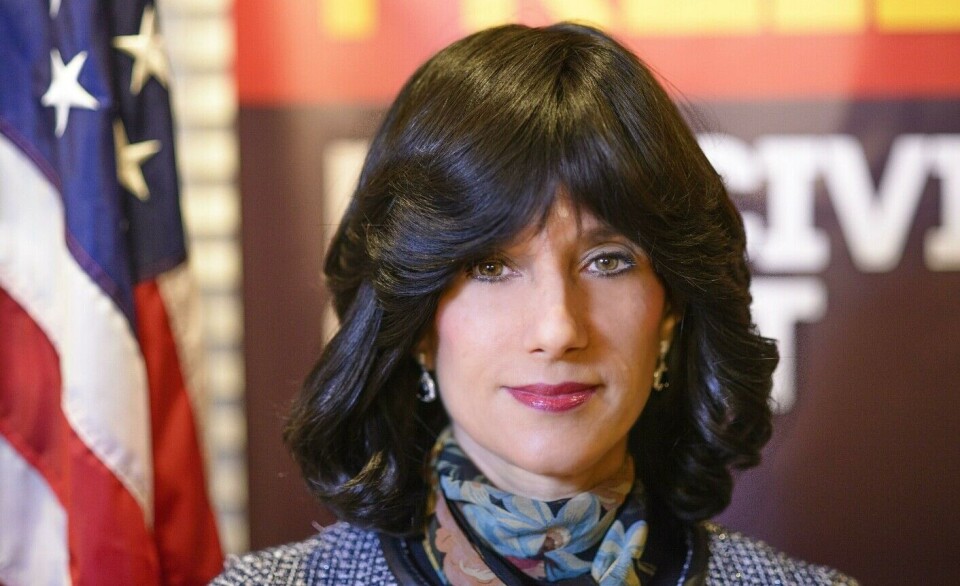
What about men?
Rules regarding hair and dress usually do not apply to men. Murray believes this has historical reasons.
Most viewed
When Europe colonised the rest of the world, European men set the standard for masculinity. Local men had to adapt in order to be taken seriously, while women preserved traditions.
Women have also faced strict expectations regarding modesty.
Murray explains that in a historical sense, for a religious community to be respectable, they had to control women's bodies. Otherwise, they feared what might happen.
Men with beards and long hair
There are exceptions.
Orthodox Jewish men keep the hair at the temples, called sidelocks. Some have long curls under their hats. They are not allowed to shave their beards with a razor.
Many Muslim men follow Muhammad's recommendation to have long beards but no moustache. In some conservative Christian congregations, men grow similar beards, citing verses from the Old Testament.
In the Orthodox Church, male priests are required to have long hair and beards.
Sikhs view uncut hair as God's will, according to sikhnet.com. However, only men are required to cover their hair with a turban.
———
Translated by Ingrid P. Nuse
Read the Norwegian version of this article on forskning.no
Related content:
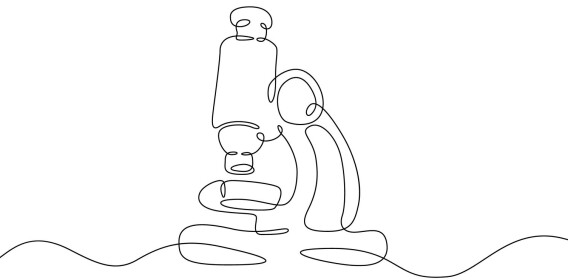
Subscribe to our newsletter
The latest news from Science Norway, sent twice a week and completely free.






































